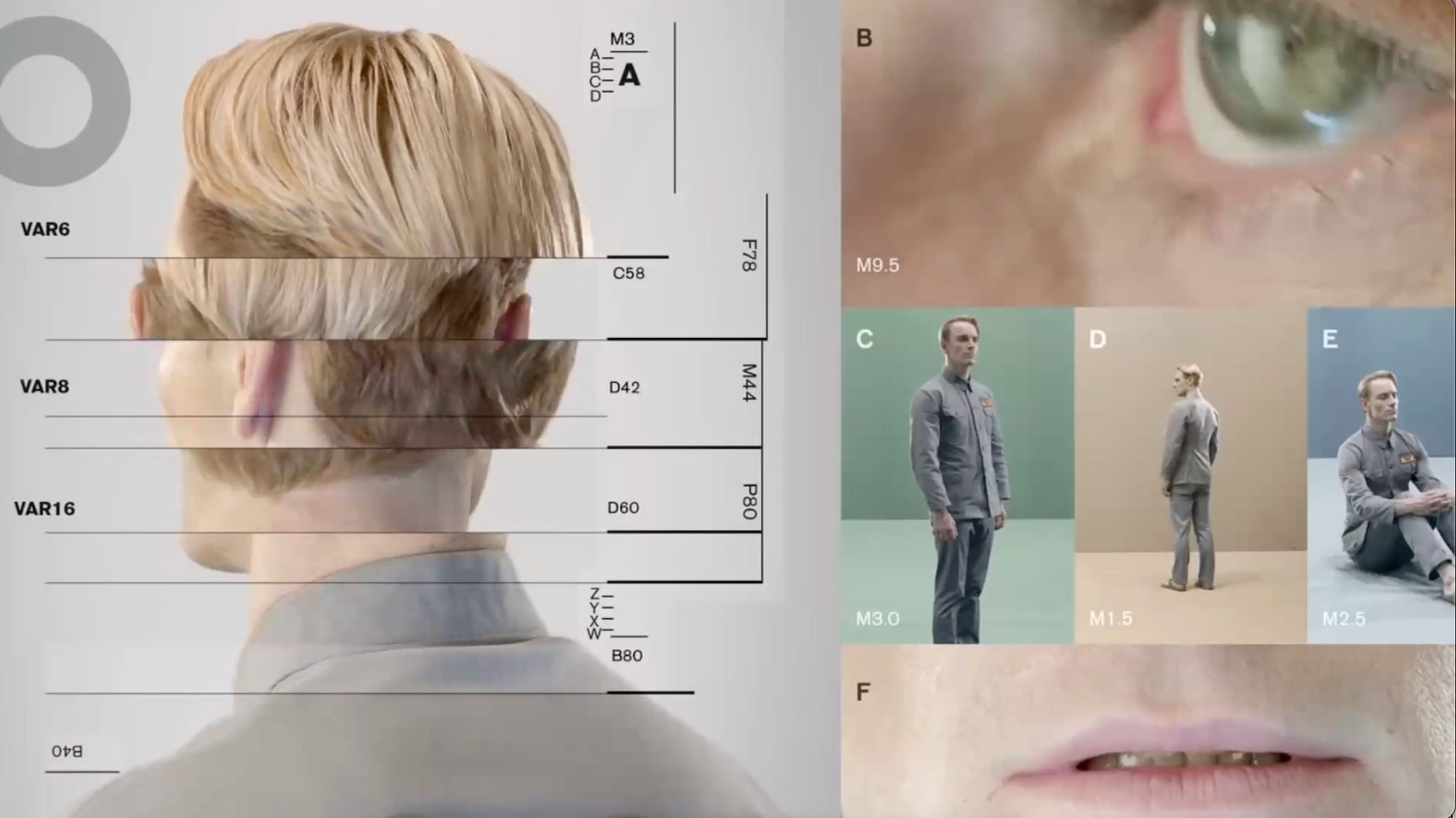The Role of the Architect vs Architectural Software in the Posthuman Era
Abstract
As the Fourth Industrial Revolution continues to unfold, digital tools and environments are becoming even more indispensable in the field of architecture. Architects are increasingly relying on software capabilities in developing architectural design. Consequently, they seem to become more computer-like in their daily task performance, whilst software is continuing to improve and become more intelligent.
In this context, the human architectural designer is leaping into the posthuman era, a time when their activity is conditioned by machines, whilst intelligence continues to be unleashed and embedded beyond the biological body.
As intelligence is displaced from the human to the software entity, the current value and role of human input into architectural design seems to be at risk of decreasing. This paper seeks to identify and investigate whether the Architect should seek new roles and provide new kind of values in architectural design and in parallel whether the current utilitarian approach of architectural software may in fact jeopardise the future Architect from fulfilling both their creative and rational potential and the subsequent value it could bring to the profession. Is the Architect becoming a pet of AI and could an alternative paradigm or system of values in the framework of architectural software offer a different, perhaps more beneficial output to the profession and to humanity as a whole?
Presentation
Conference Paper
Keywords
AI, Architect, Creativity, Displacement, Intelligence, Human, Machine, Software, Utilitarianism, Value
Reference
DOI: https://doi.org/10.47330/DCIO.2021.BSJG3760
Bibliography
- Anderson, T.T., 2011. Complicating Heidegger and the Truth of Architecture. The Journal of Aesthetics and Art Criticism 69, 69–79.
- Arendt, H., 1998. The Human Condition, 2nd ed. The University of Chicago Press, Chicago.
- Beavers, A.F., 2002. Phenomenology and Artificial Intelligence. Metaphilosophy 33, 70–82.
- Berkowitz, R., 2018. The Singularity and the Human Condition. Philosophy Today; Charlottesville 62, 337–355. http://dx.doi.org.libproxy.ucl.ac.uk/10.5840/philtoday2018522214.
- Braidotti, R., 2016. Posthuman Critical Theory, in: Critical Posthumanism and Planetary Futures. Springer India.
- Braidotti, R., 2013. The Posthuman, First Edition edition. ed. Polity Press, Cambridge, UK ; Malden, MA, USA.
- Clynes, M.E., Kline, N.S., 1960. Cyborgs and Space.
- De Lazari-Radek, K., Singer, P., 2017a. Utilitarianism - A Very Short Introduction. Oxford University Press, New York.
- Debarbieux, B., 2017. Hannah Arendt’s spatial thinking: an introduction. Territory, Politics, Governance 5, 351–367. https://doi.org/10.1080/21622671.2016.1234407.
- Floridi, L., 2014. The Online Manifesto. Springer, New York.
- Floridi, L., 2011. Against Digital Ontology. in: The Philosophy of Information. Oxford University Press, Oxford.
- Frischmann, B., Selinger, E., 2018. Re-Engineering Humanity by Brett Frischmann [WWW Document]. Cambridge Core. https://doi.org/10.1017/9781316544846.
- Gibbs, S., 2015. Apple co-founder Steve Wozniak says humans will be robots’ pets.The Guardian.
- Gomel, E., 2011. Science (Fiction) and Posthuman Ethics: Redefining the Human. The European Legacy 16, 339–354. https://doi.org/10.1080/10848770.2011.575597
- Greenfield, A., 2018. Radical Technologies: The Design of Everyday Life. Verso, London.
- Hale, J., 2012. Architecture, Technology and the Body: From the Prehuman to the Posthuman, in: The SAGE Handbook of Architectural Theory. SAGE Publications Ltd, London, pp. 513–533. https://doi.org/10.4135/9781446201756.n31.
- Haraway, D., 1991. Simians, Cyborgs, and Women : The Reinvention of Nature. Routledge. https://doi.org/10.4324/9780203873106.
- Haraway, D.J., 2007. When Species Meet. University of Minnesota Press.
- Haraway, D.J., Wolfe, C., 2016. The Companion Species Manifesto: DOGS, PEOPLE AND SIGNIFICANT OTHERNESS, in: Manifestly Haraway. University of Minnesota Press, pp. 91–198.
- Haraway, D.J., Wolfe, C., HARAWAY, D.J., WOLFE, C., 2016. Companions in Conversation, in: Manifestly Haraway. University of Minnesota Press, pp. 199–298.
- Harrison, A.L., 2013. Architectural Theories of the Environment: Posthuman Theory. Routledge, New York, NY.
- Johnson, J., 1988. Mixing Humans and Nonhumans Together: The Sociology of a Door-Closer. Social Problems 35, 298–310. https://doi.org/10.2307/800624.
- Levy, S., 2013. How Ray Kurzweil Will Help Google Make the Ultimate AI Brain [WWW Document]. www.wired.com. URL https://www.wired.com/2013/04/kurzweil-google-ai/ (accessed 4.23.19).
- MacDonald, S.M., 2014. Cyborg Phenomenology: Performative Inquiry in a Technoscientific World. Liminalities: A Journal of Performance Studies; Tampa, FL 10, 1–22.
- McFarland, M., 2015. Elon Musk, Neil deGrasse Tyson laugh about artificial intelligence turning the human race into its pet labrador [WWW Document]. *Washington Post. URL https://www.washingtonpost.com/news/innovations/wp/2015/03/24/elon-musk-neil-degrasse-tyson-laugh-about-artificial-intelligence-turning-the-human-race-into-its-pet-labrador/ (accessed 4.23.19).
- Pepperell, R., 2003. The Posthuman Condition - Consciousness beyond the brain. Intellect Books, Bristol.
- Pereboom, D., 2011. Consciousness and the Prospects of Physicalism. Oxford University Press.
- Rosenthal, D., 1991. The Nature of Mind. Oxford Universit Press. Oxford. Rübsaam, A., n.d. Frictions in the Posthuman: Putting Posthumanism into Practice in Science Fiction.
- Ryle, G., 2009. The Concept of Mind. Routledge Ltd, New York.
- Saeidnia, S.A., Lang, A., Lang, A., 2017. The Human Condition. Macat Library. https://doi.org/10.4324/9781912281824.
- Schwab, K., 2017. The Fourth Industrial Revolution, 01 edition. ed. Portfolio Penguin,New York.
- Schwab, K., 2016. The Fourth Industrial Revolution. World Economic Forum,Cologny/Geneva.
- Scott, R., 2012. Prometheus.
- Scott, R., 2017. Alien: Covenant.
- Vinge, V., 1993b. The Coming Technological Singularity: How to Survive in the Post-Human Era.
- Walsh, P., 2011. The Human Condition as social ontology: Hannah Arendt on society, action and knowledge. History of the Human Sciences 24, 120–137. https://doi.org/10.1177/0952695110396289.
- Weinstein, J., 2004. The Companion Species Manifesto: Dogs, People, and Significant Otherness Donna Haraway. Anthrozoös 17, 186–192. https://doi.org/10.2752/089279304786991828.
- Zumthor, P., 2010. Thinking Architecture, 03 edition. Birkhauser, Basel

